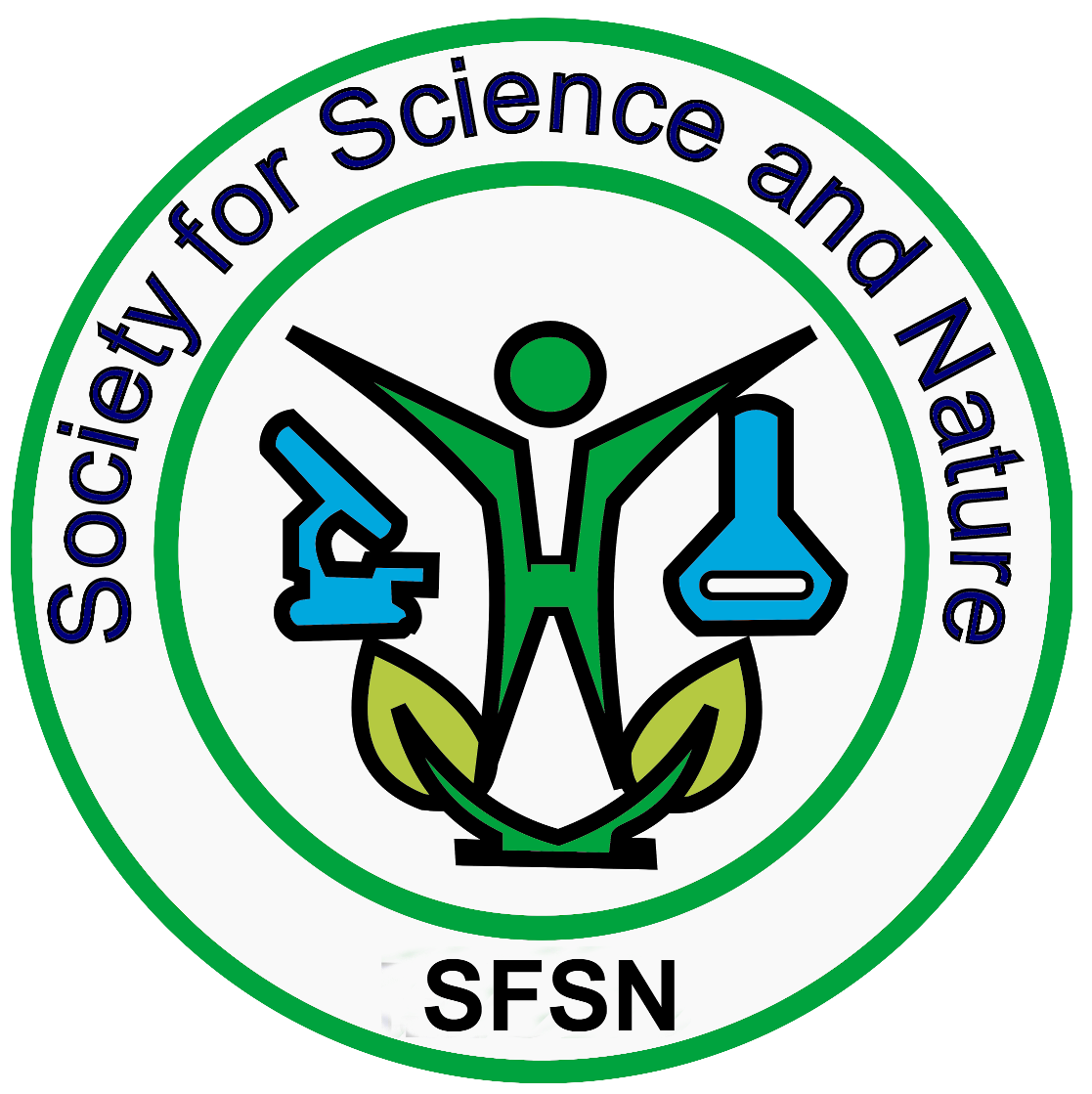Mushroom culture: media, preparation and maintenance
Durga Prasad1, R. P. Singh2 and S.K. Gangwar3
1College of Agriculture, Baytu-344034, Barmer, Agriculture University, Jodhpur, Rajasthan
2Senior Scientist and Head, KVK, West Champaran-II, Dr RPCAU, Pusa, Samatipur, Bihar
3Senior Scientist and Head, KVK, West Champaran-I (Dr RPCAU, Pusa, Samatipur, Bihar)
1Corresponding authorís email: dp.coabaytu@gmail.com
Download
Posted on October 15, 2022
INTRODUCTION
- A. Media for cultivation of mushroom fungi
The pure cultures are raised on a convenient culture medium which is generally in solidified state due to the addition of Agar-agar. In laboratory, the edible mushroom strains may be cultured on different media. The composition of media and the methods of preparation are as given under:
- Potato - dextrose Agar medium (PDA)
- Peeled and sliced potato: 250g
- Dextrose: 20g
- Agar –agar powder: 20g
- Water: 1000 ml
About 250gpotatoes are peeled, cut into small pieces, boiled in water for 25-30 minutes and filtered through a muslin cloth. The volume of the extract is raised to 1000 ml with water and boiled along with dextrose and agar-agar powder so as to get a thoroughly mixed solution. Before pouring in the test tubes or flasks, the pH is adjusted to 7.0 and then after plugging with non-absorbent cotton and sterilization at 15 p.s.i. for 15 – 20 minutes in an autoclave.
- Potato -dextrose Yeast Agar Medium (PDYA)
Just like preparation of PDA, PDYA can be prepared by adding 2g Yeast extract in the solution for selected fungi.
- Malt Extract Agar medium (MEA)
- Malt extract ---- 25g
- Agar- agar powder ---- 20g
- Distilled water ---- 1000ml
Malt extract and agar are mixed in 1 litre water and boiled by continuously stirring with a glass rod so as to avoid formation of clumps followed by sterilization at 15 p.s.i. for 15 – 20 minutes in an autoclave
- Compost Extract Agar medium (CEA)
- Pasteurized compost ---- 150g
- Agar –agar powder ---- 20g
- Water ---- 1000ml
Compost is boiled in 1.5 to 2.0 litre water for few minutes till volume of the water is reduced to half and after filtering through muslin cloth, the volume is again made to 1 litre and autoclaved after mixing agar powder in it and filling in the test tubes.
- Malt Peptone Grain Agar Medium (MPGA)
- Malt extract ---- 20g
- Rye or Wheat grains ---- 5g
- Yeast (Optional) ---- 2g
- Agar-agar powder ---- 20g
- Peptone ---- 5g (pH -7.0)
Wheat or rye grains are boiled in water for 1-1.5 hours; the filtrate is mixed with other ingredients and continuously stirred while heating before filling and autoclaving.
- Oat meal agar:
- Oat meal flakes 30g
- Agar-agar: 20g
- Distilled water: 1000ml
Cook oatmeal in water for 15 – 30 minutes. Filter through three or four layers of cheesecloth and bring filtrate back to volume with water. Add agar and autoclave it at 15 p.s.i. or 121°C for 15 minutes.
- Wheat extract agar
- Wheat grain: 32g
- Agar-agar powder: 20g
- Distilled water: 1000ml
Boil 32g wheat grains with 1 litre of distilled water for about 2 hrs and filter after 24 hrs. Bring filtrate back to volume with water. Add agar and autoclave it at 15 p.s.i. or 121°C for 15 minutes.
- Rice bran decoction medium
- Rice bran: 200g
- Agar-agar: 20 g
- Distilled water: 1000ml
Boil 200g rice bran with 1 litre of distilled water for about 2 hrs and filter it. Bring filtrate back to volume with water. Add agar and autoclave it at 15 p.s.i. or 121°C for 20 minutes.
The pH of the medium adjusted by adding N/10 NaOH or N/10 HCl drop by drop to raise it to 7 or brought down to be adjusted to 7.0, respectively before sterilization. Wheat grain and compost extract are most suitable culture media for A. bisporus and A. bitorquis cultures. Cultures of Volvariella spp. and Pleurotus spp. can be maintained on PDA or Malt extract agar medium. It is desirable that cultures are not maintained on the same type of culture medium in each sub-culturing. ................see more
For Details Download PDF
REFERENCES
- Ahlawat, O.P. and Rai, R.D. (2000). Mushroom Science XV, 695-699.
- Aneja, K.R. (2004). Mushroom production technology. In: Experiments in Microbiology Plant Pathology and Biotechnology (Fourth Edition). New Age International Limited, Publishers. New Delhi. pp. 496-519.
- Chadha, K.L. and Sharma, S.R. (1995). Mushroom research in India: History, Infrastructure and Achievements. Advances in Horticulture,13: 1-12.
- Chang, S.T (1991). Cultivated Mushrooms. In Handbook of Applied Mycology. Vol.3: Foods and Fees, 221231. Edited by D. K. Arora, K.G. Mukerji and E. H. Marth. New York Marcel Dekker Ink.
- https://nrcmushroom.org/html/technicalbulletin.html
- https://www.agrimoon.com/
- Singh, M., Vijay, B., Kamal, S., Wakchaure, G.C. (2011). Mushrooms: cultivation, marketing and consumption. Directorate of Mushroom Research. ICAR-Chambaghat, Solan –173213 (HP), 266pp
- Stamets, P. (1994). Permaculture with a mycological twist. The Permaculture Activist. May. p. 8–10.
- Upadhyay, R.C., Singh, S.K., and Tewari, R.P. (2004). Mushroom spawn production and infrastructure requirements. Technical Bulletin, DMR, Solan. pp. 38.
Note Society for Science and Nature(SFSN) do not hold any responsibility about the views, opinion and work of author(s) presented in the article published in SFSN
